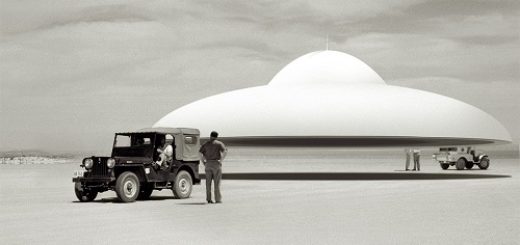How Space Regulation Works

We tend to imagine space as empty, and most of it is, but travel 50-1,243 miles (80-2,000 kilometers) above the Earth’s surface, in the zone known as low-Earth orbit (LEO), and you’ll find a stacked-up superhighway of objects. This is where everything from weather satellites to spacecraft and the International Space Station zip about at upward of 17,500 mph (28,164 kph, or around 23 times the speed of sound) [source: NASA].
On Earth, a bit of kicked-up road gravel might chip your windshield, and a derelict recliner might bring on a fender bender, but in space, a mere soupcon of shards clocking in at Mach 23 will rip through a spacecraft like buckshot through tissue paper. So you can imagine the space community’s reaction in January 2007, when China blasted a weather satellite out of the sky, scattering a record-setting debris field across Earth’s most-traveled space roads [sources: Broad and Sanger; Chang].
If ever a frontier were in need of a sheriff, it is this one. Space is a commons that borders every nation, and the actual or metaphorical fallout from an incident there could spoil days — or destroy lives — anywhere on Earth. But regulating space is easier said than done. A handful of United Nations treaties lay out rights, restrictions and principles in broad strokes, sort of like a space Magna Carta, but the nitty-gritty of carrying out and enforcing them is an exercise in ambiguity.
The Outer Space Treaty of 1967 defines space as the “common heritage of mankind” to be explored and used “for the benefit and in the interests of all countries.” The question is, how?
Outside of echoing international law, the agreements don’t offer much of an answer. As stated by Article VI (2) of the Outer Space Treaty, “The activities of non-governmental entities in outer space . . . shall require authorization and continuing supervision by the appropriate State Party to the Treaty.” This deliberately vague language was inherited from earlier Cold War talks between the U.S. and USSR, neither of which wanted anyone peering too closely at what they were launching into space at the time [sources: McDougall; Spencer].
As the new space race heats up, and as private and profit-making concerns look to the deep sky with dollar signs in their eyes, the need for a tighter regulatory framework grows ever clearer. Can the global community rise to this challenge, while also grappling with space-based ballistic missile testing by China, Iran and North Korea?



 Creators of mankind
Creators of mankind Description of “Tall white aliens”
Description of “Tall white aliens” Where they came from?
Where they came from? About hostile civilizations
About hostile civilizations The war for the Earth
The war for the Earth “Tall white aliens” about eternal life
“Tall white aliens” about eternal life Video: “Nordic aliens”
Video: “Nordic aliens” Aliens
Aliens Alien encounters
Alien encounters The aliens base
The aliens base UFO
UFO Technology UFO
Technology UFO Underground civilization
Underground civilization Ancient alien artifacts
Ancient alien artifacts Military and UFO
Military and UFO Mysteries and hypotheses
Mysteries and hypotheses Scientific facts
Scientific facts


















